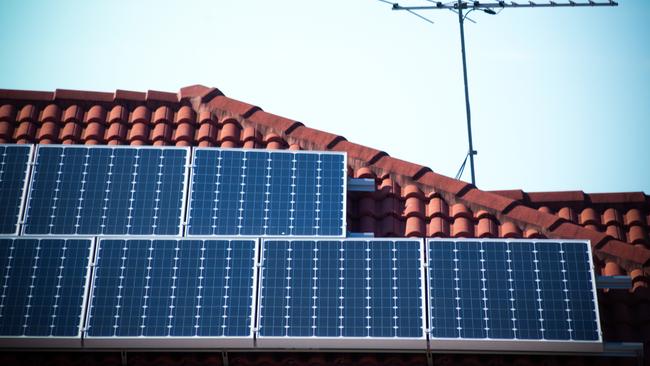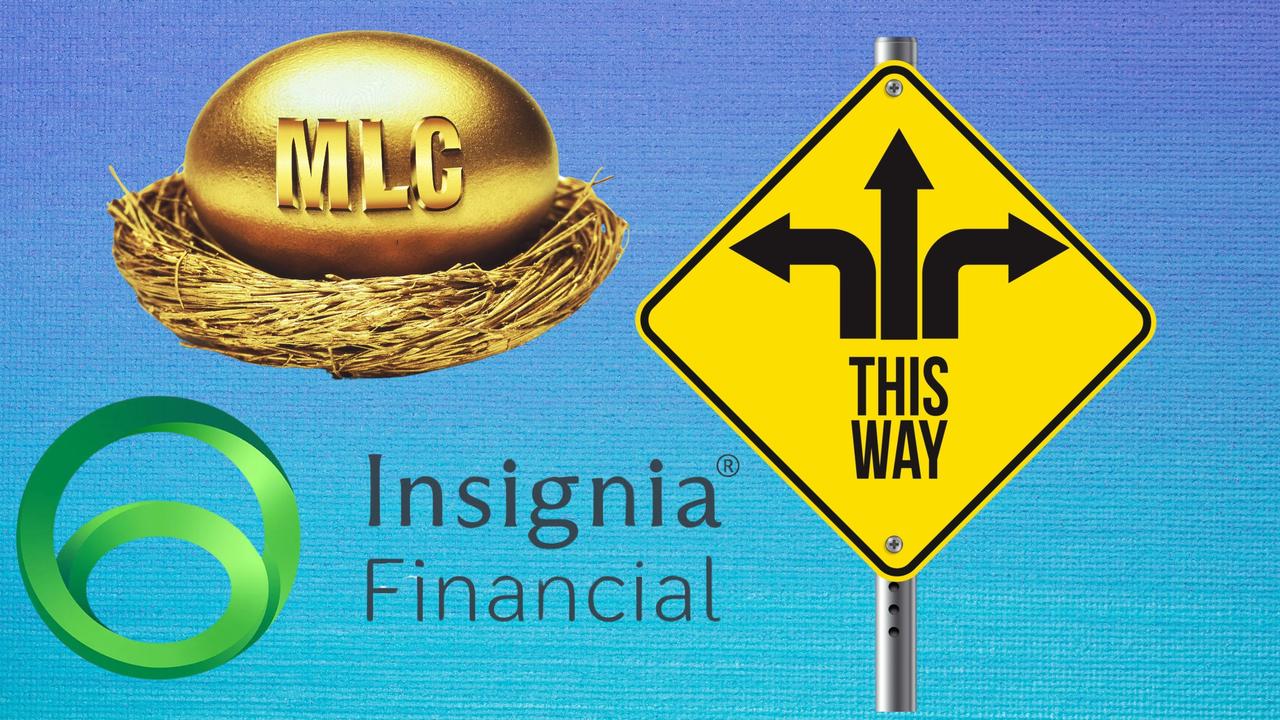Solar inverters in the hot seat after failures
The government’s Clean Energy Regulator will review whether changes are needed to the approval process for solar inverters.

The government’s Clean Energy Regulator will review whether changes are needed to the approval process for solar inverters after some failed to adequately respond to an interconnector outage last year that isolated two states from the power system.
The Australian Energy Market Operator — which runs the nation’s electricity grid — raised on Monday the prospect of household rooftop solar panels being retrofitted to ensure they meet compliance standards.
That followed an official investigation which found thousands of rooftop solar units did not react as expected after a lightning strike caused the Queensland and South Australian interconnectors to trip simultaneously on August 25. The interconnector outage forced electricity cuts to big industrial users and retail customers in NSW and Victoria. The Clean Energy Regulator, which administers the small-scale renewable energy scheme, said it would work with AEMO and the Clean Energy Council “to see whether or not that suggests any changes may be needed to the CEC inverter approval process.”
Some solar inverters — which convert electricity from rooftop panels into power that can be fed to the grid — were partly at fault during the incident although more analysis needs to be done to work out the exact cause of the problem.
The failure of some sampled inverters “does not mean the inverters did not meet the standards when installed nor that they have not performed properly under normal operating conditions,” a statement from the Clean Energy Regulator said yesterday.
“From our discussions with AEMO, some possible reasons for some inverters not behaving as expected during this event could include that a fault has developed over time or that an inverter setting has changed.
“Inverters typically have a warranty period of five years. Defects in inverters can occur early in their installed life or they can last for 20 or more years.”
AEMO detailed how 15 per cent of sampled solar systems installed before October 2016 dropped out during the emergency event. Of those installed after that date, nearly a third in South Australia and 15 per cent in Queensland failed to meet the Australian standard for reducing excess frequency.
The Clean Energy Council, which approves solar products and accredits installers, said it would work with AEMO to strengthen the power system.
“We will obviously be working closely with the market operator on a range of measures to make the grid more resilient as more solar and wind power enters the system,” Clean Energy Council director of smart energy Darren Gladman told The Australian. “Standards for solar inverters have been tightened over the last few years, and the industry supports this process continuing to enable solar to make a greater contribution to controlling frequency across the power system.”
Most of the grid’s power was being produced by coal at the time of last year’s incident, with the failure of some coal generators to support system stability a major contributor to the outage, Mr Gladman noted.
Still, more work needs to be done to boost confidence in the sector, according to renewables trader Demand Manager.
“It seems to suggest that a not insignificant percentage of inverters sold in the Australian market are not compliant with Australian standards and thus making it harder to keep the grid stable,” Demand Manager owner Jeff Bye said.



